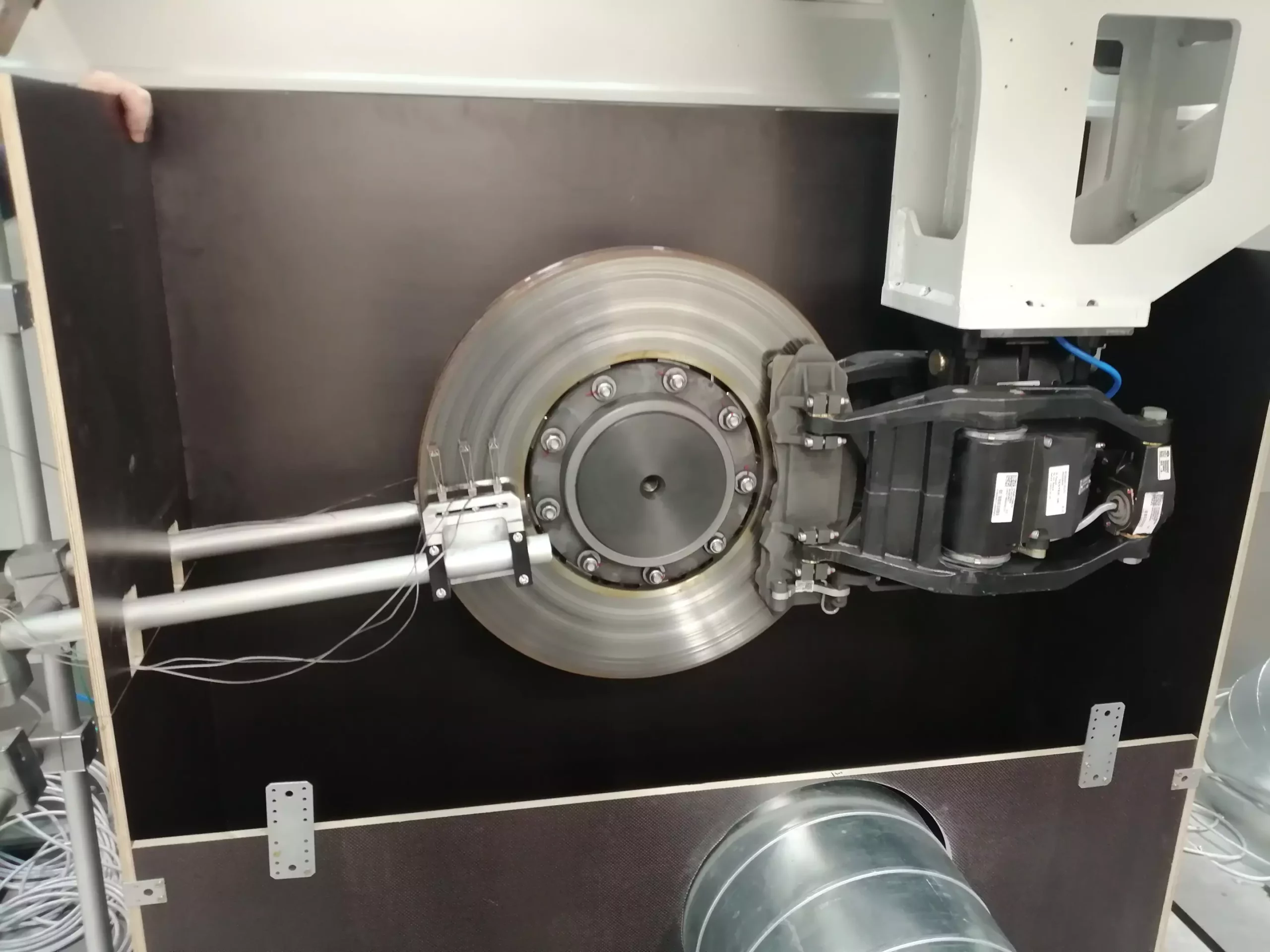When it comes to assessing the environmental impact of traffic, the focus has traditionally been on exhaust emissions from road vehicles. However, a recent study commissioned by the German Center for Rail Transport Research (DZSF) has shed light on the significant influence of non-exhaust emissions from rail transport on air quality and soil pollution.
In the study conducted by researchers from the Institute of Thermodynamics and Sustainable Propulsion Systems at Graz University of Technology (TU Graz), it was revealed that abrasion emissions from rail vehicles contribute to the pollution of the air and soil. The study, published in the journal Transportation Research Part D: Transport and Environment, highlighted that areas along railway line sections with increased braking, such as station approaches and speed limit sections, are particularly affected.
The study found that abrasion emissions from rail vehicles can reach levels of up to 25 micrograms of particulate matter in the PM10 category per cubic meter, which is half of the permissible limit. This fine particulate matter not only affects air quality but also enters the soil and water, leading to pollution in these areas. Additionally, the proportion of heavy metals in railway emissions is significantly higher than in other modes of transport, resulting in more polluted deposits.
To determine the composition and source of the abrasion particles, researchers conducted analyses in various laboratories. Brake pads were tested in a new brake test rig for rail vehicles at TU Graz, while the abrasion of the contact wire and pantograph was analyzed at the Politecnico di Milano. Furthermore, the wheel-rail contact was scrutinized at DB Systemtechnik in Berlin. These analyses helped allocate the emissions from rail vehicles to air, soil, and water.
Daniel Fruhwirt, a researcher from TU Graz, emphasized the significance of non-exhaust emissions from rail transport, stating that while they may not single-handedly cause pollutant limits to be exceeded, they certainly contribute to the overall pollution mix. The study underscores the importance of considering all sources of emissions, including abrasion emissions, in assessing the environmental impact of different modes of transport. It also highlights the need for further research and measures to mitigate the impact of non-exhaust emissions from rail transport on the environment.


Leave a Reply